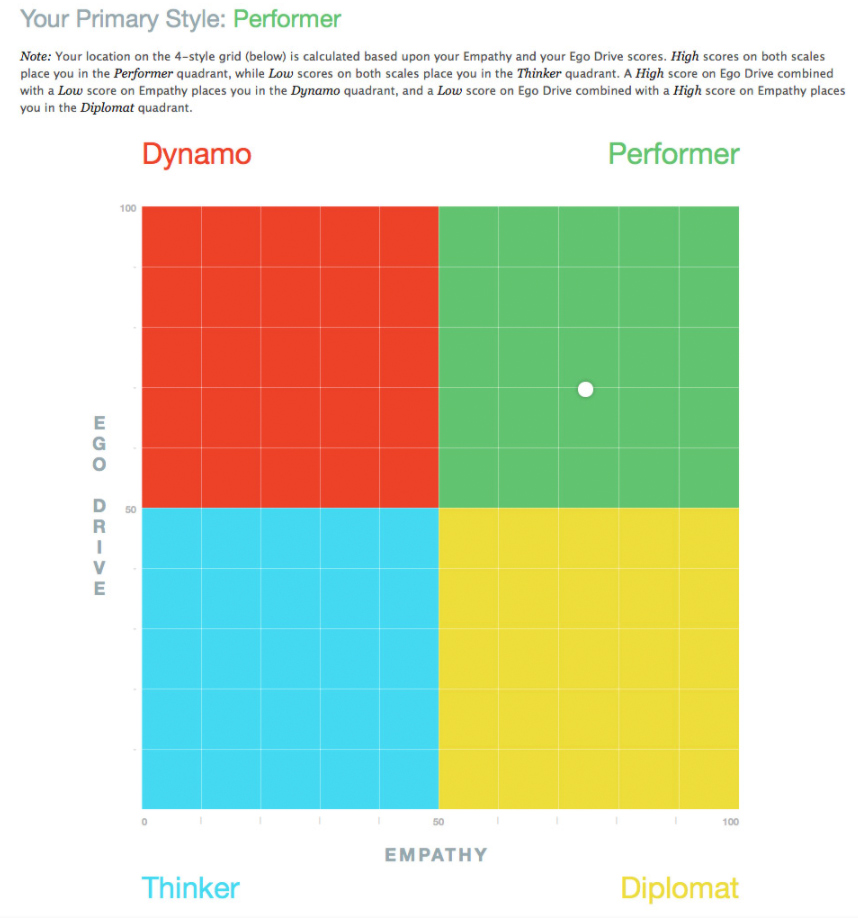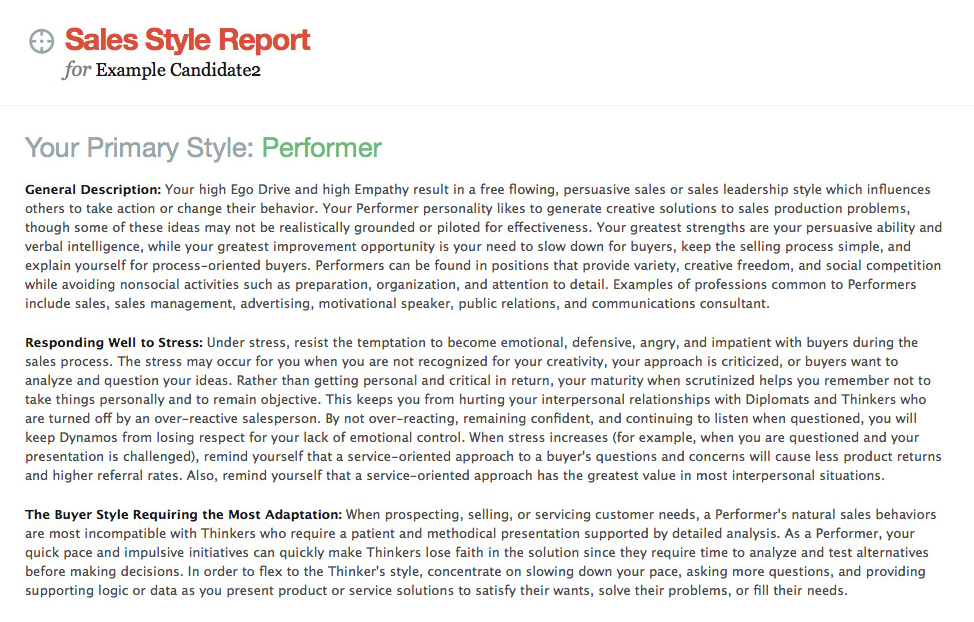What Is Your Selling Style?
After training thousands of salespeople over the years, we have found that very few salespeople understand their own selling style. This creates an adaptation and production problem for salespeople. They do not know how to adapt their personalities to make the buying experience comfortable for others – others not like them. For example, Dynamo sales types do not know how to relax with a social person. Thinker types do not know how to present to those who are fast-paced.



